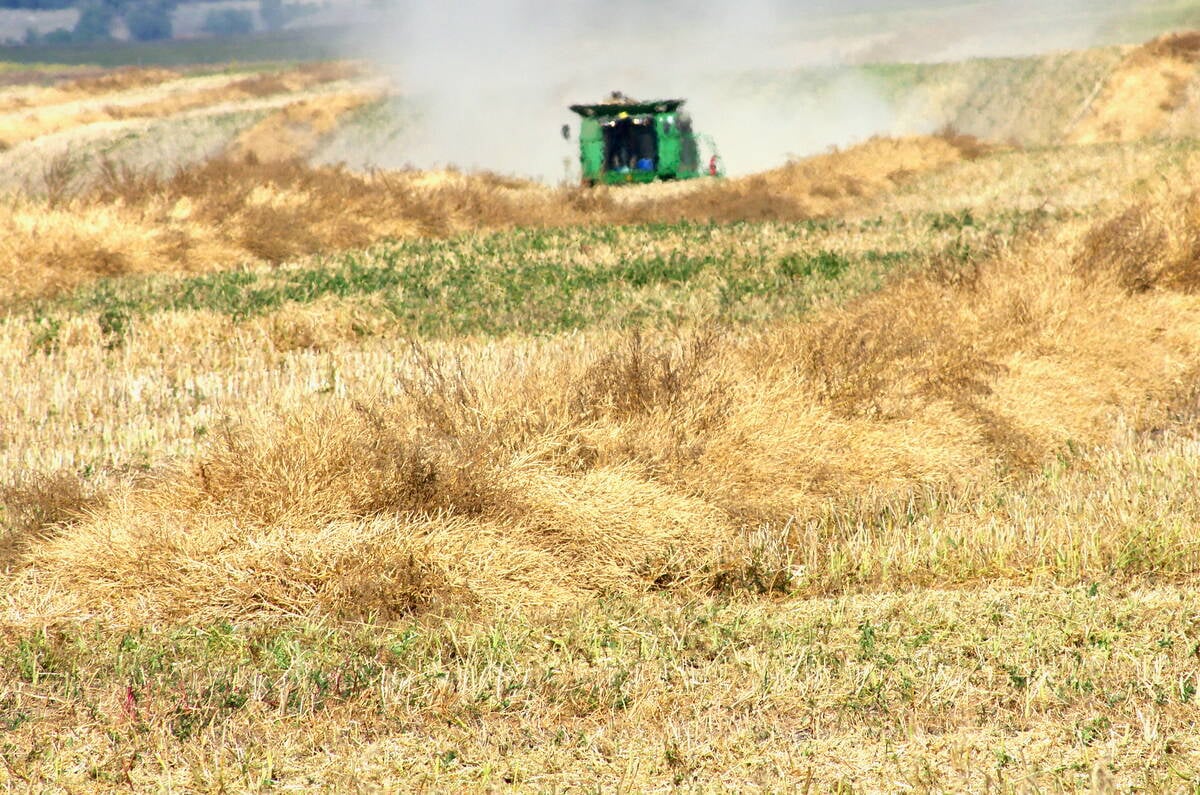Bill Bintner relies on 25 years of experience and a good pair of eyeglasses to judge bison.
He can’t get as close to the animals as judges in other livestock classes, so he’s become good at eyeballing them. He figures he can, from seven metres away, spot a measurement difference of half a centimetre.
“I’ve got a good eye for measurements,” he said during an interview in the bison barn at Canadian Western Agribition.
“You have to trust your eye and wear the good glasses.”
Read Also

Manitoba searches for Plan B on canola oil exports
A new report explores Manitoba’s current canola oil trade and possible alternative markets to the U.S.
Bintner, who owns Barrier River Bison at Melfort, Sask., said he first looks at an animal’s frame.
“In the commercial meat industry, people really like larger, wider, deeper animals,” he said. “You take that superior, larger frame and look for how well it’s muscled.”
The size of the hip, loins and lower leg all factor into his decisions. A bison that stands on top of its feet and doesn’t tip over is eating a good diet, Bintner said.
He also looks at the shape and style of the horns, although other judges may not.
“How long are they, are they well polished, what kind of curve do they have?”
His decision might even come down to the width of the animal’s nose. A wider nose means a bigger mouth that can eat more grass, he said.
Those finer points likely carry through the whole animal, he added.
An overall classy appearance is important. A bull that wears its cape like a well-dressed man will score better than one that either doesn’t have a cape or doesn’t have one that is well defined and in good condition.
“It’s not hard to make a decision,” Bintner said.
Breeders never argue with his choices, he said, likely because he was one of the first to enter the industry.
He has looked at thousands of bison over the years and runs a breeding herd of 40 cows.
Professional confidence
He confidently said that 60 percent of the prize-winning animals in North America originated in his herd. He doesn’t enter shows, preferring to concentrate on his breeding program.
That means, however, that the closed U.S. border has hit his business hard.
“I haven’t made a profit in four years,” he said.
Bintner judged about 40 entries in the Agribition bison show along with Gerald Parsons from Oklahoma. Results were unavailable before Western Producer deadlines on Nov. 21.















